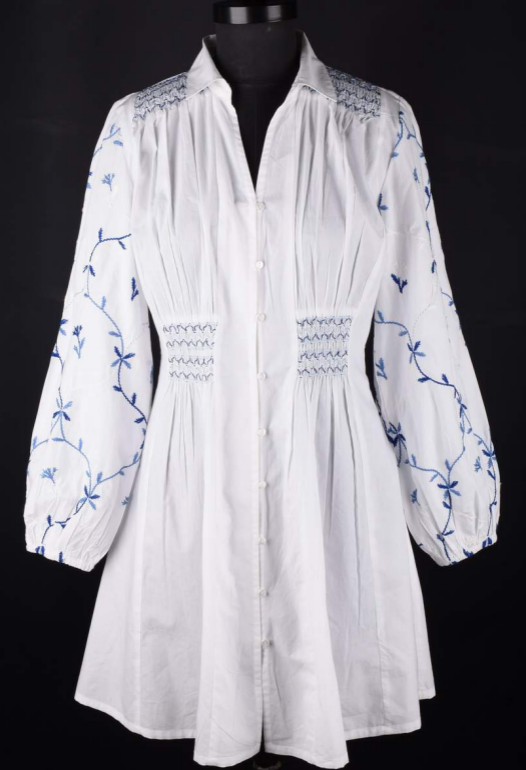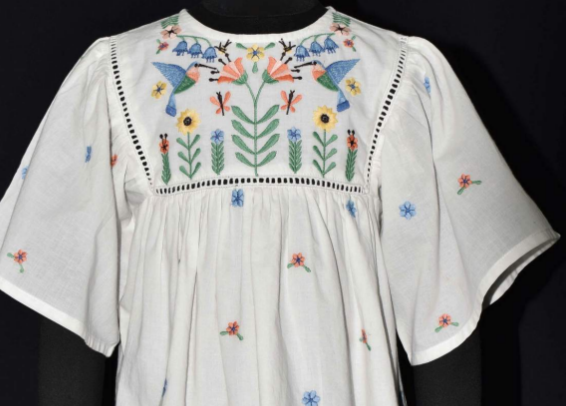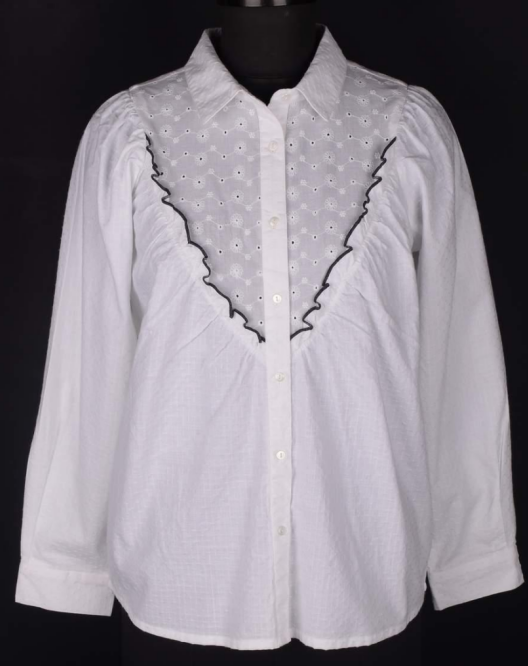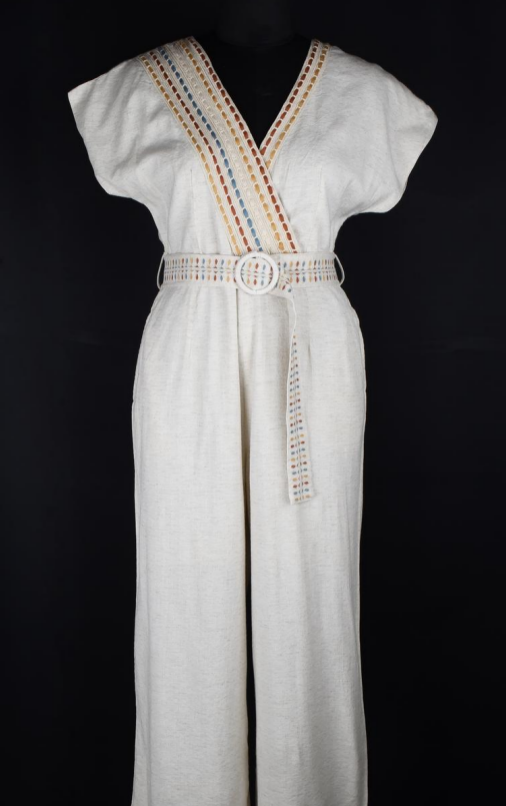How A Master Pattern Can Improvise The Garment Manufacturing Process?
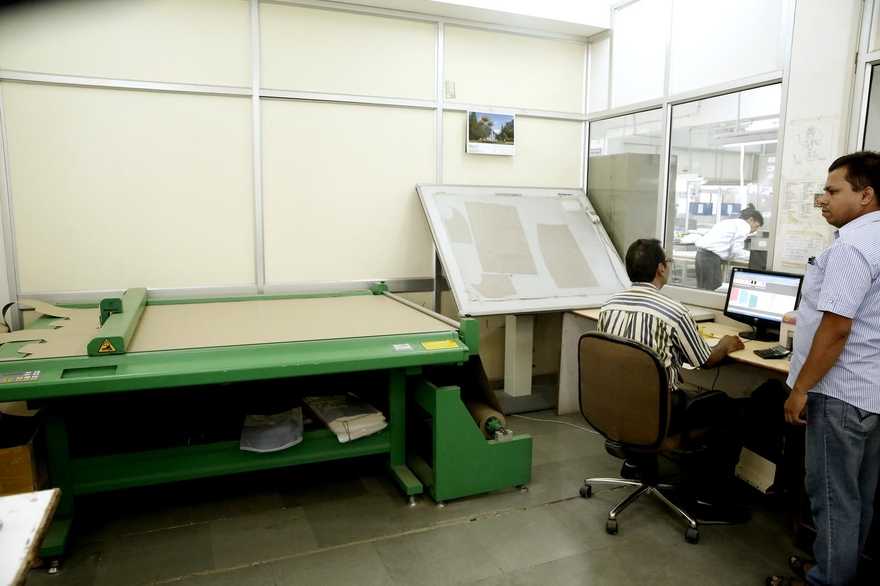
In earlier days, garment manufacturers used a trial and error method by roughly cutting the raw fabric materials according to their assessment on the specific designs. However, it introduced a series of problems, including repeated design corrections, improper clothing patterns, slowed production cycle, and so on. This is when the making concept was introduced to the industry. Over the years, it has become a crucial step in the garment manufacturing process since it prevents unnecessary wastage or damage to the raw materials. Additionally, it also enhances the efficiency and speeds up the production of garments throughout.
While several types of patterns are used, the role of master patterns in garment manufacturing will always remain non-negotiable. Also known as a basic matter or master block, it resembles the garment pattern that is perfectly aligned with the initial clothing requirement in terms of curves, measurements, and other detailing. However, it lacks the design details, which are actually introduced later on in the production cycle. Every garment manufacturer should know the benefits of using the master pattern in clothing production before they begin the manufacturing cycle.
Steps followed to create a master pattern
Since the master pattern forms an integral component in garment manufacturing, professionals need to pay extra attention to its creation. Unless and until they do so or follow a standardized procedure, the master block won’t yield effective results and might delay the production cycle greatly. Below, we have listed the steps usually involved in generating the master pattern most efficiently.
-
Developing a prototype: First, the prototype of the master pattern needs to be created. This depends on the initial clothing design and the structural indicators, like curves, straight lines, and other geometric patterns. The prototype first created is usually in paper pattern form, which allows manufacturers to make further modifications without much effort.
-
Design transfer: Once the prototype creation is complete, the manufacturers will then transfer the design onto a special paper, known as a master paper. It is much larger in size as compared to the usual papers used and also can retain the design for a much longer time. Digitizers and plotters are often used for the same.
-
Refinement and modification: The last step in master pattern creation involves refining the transferred design to meet the specific needs of the original design. Here, the alterations made are carefully done to ensure the measurements and geometric patterns are accurate and precise.
Benefits of using a master pattern in garment manufacturing
Consistent designs
Firstly, maintaining consistency in producing clothes with the same design is next to impossible without any reference or base form. This is where the master pattern comes into play. Following it, designers can trace the entire pattern on the raw fabric in no time, ensuring all the manufactured pieces can be exact replicas of the original design.
Enhanced efficiency
Due to the lack of any precise reference, tailors used to draw the pattern on the raw fabric and work on refining them for every piece to be manufactured. Owing to this, several issues were introduced, including reduced efficiency of the production cycle. To steer around this bottleneck, garment manufacturers use the master pattern to reduce the efforts and time invested in designing the patterns and cutting the raw garments according to the original pattern. Hence, the overall efficiency can be easily enhanced and the production cycle can also be sped up with ease.
Waste reduction
Also, the use of a master pattern reduces waste by allowing garment manufacturers to trace exact and accurate designs on the raw materials without any errors. Hence, material damage is reduced, and manufacturers won’t have to worry about wasting fabrics.
Conclusion
Using the master design allows a garment manufacturer to maintain consistency and improve the overall quality of every piece produced according to the initial design. Several manufacturing houses, including CheerSagar, have adopted this practice to ensure the clothes can resemble the original design with maximum accuracy and precision.
Related Blog
10 Questions To Ask Your White Label Manufacturer
When dealing with apparel manufacturers, especially as a new brand, there are strategic questions you would want to ask beyond...
What Are Markers? Learn About An Integral Part Of The Garment Manufacturing Industry
This blog is not about the markers you draw with for your projects. Although it does demarcate a device...
How Exporting Women's Dresses To Overseas Countries Promotes Cultural Exchange And Collaboration
Cultural exchange is a fantastic way to bring different parts of the world together. When you share the culture...

